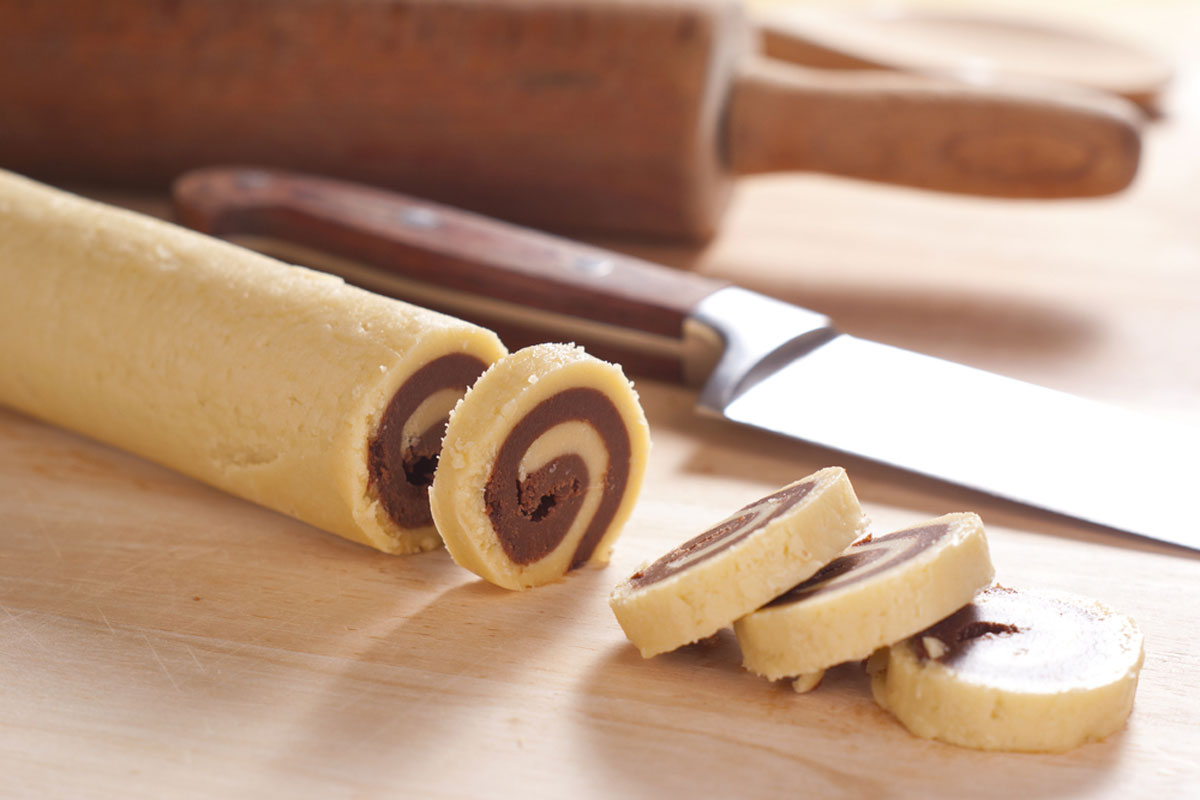When it comes to baking the perfect batch of cookies, one crucial step often gets overlooked—chilling the dough. While it may seem like an unnecessary delay in satisfying your sweet tooth, chilling cookie dough can significantly impact the texture, flavor, and overall success of your cookies. Whether you’re baking classic chocolate chip cookies, sugar cookies, or shortbread, taking the extra time to refrigerate the dough can make all the difference.
1. Enhancing Flavor Development
Chilling cookie dough allows the ingredients to meld together, creating a more intense and well-rounded flavor. During this resting period, the flour absorbs moisture, and the sugars break down, leading to deeper caramelization when baked. This results in richer, more complex-tasting cookies with a satisfying depth of flavor.
2. Controlling Spread for a Better Texture
One of the most common problems bakers encounter is cookies spreading too much in the oven. This often happens when the butter in the dough is too warm and melts too quickly during baking. Chilling the dough firms up the fat, slowing its melting process and helping cookies hold their shape better. This results in thicker, chewier, and more evenly baked cookies.
3. Improving Dough Handling
Warm, sticky cookie dough can be difficult to work with, especially when rolling, shaping, or cutting out cookies. Chilling the dough firms it up, making it easier to scoop, roll into balls, or cut into precise shapes without sticking to your hands or utensils. This is particularly important for sugar cookies and other cut-out designs.
4. Creating a Chewier, More Satisfying Bite
For those who love soft and chewy cookies, chilling the dough is essential. As the dough rests, it hydrates, and the gluten relaxes, creating a more tender texture. Additionally, as sugars dissolve and re-crystallize, they contribute to a crispier edge while keeping the center delightfully chewy.
5. Allowing Time for Even Hydration
Chilling cookie dough gives the dry ingredients time to fully absorb the wet ingredients. This helps prevent dry or crumbly cookies and ensures a uniform texture throughout the batch. This is particularly beneficial for oatmeal cookies, shortbread, and gingerbread cookies.
How Long Should You Chill Cookie Dough?
- 30 minutes to 1 hour: Helps firm up the dough for better handling.
- 2 to 3 hours: Allows for better flavor development and controlled spread.
- Overnight (or up to 72 hours): Enhances depth of flavor and texture significantly, making for the best possible cookies.
Tips for Chilling Dough Effectively
- Wrap it tightly in plastic wrap or store it in an airtight container to prevent it from drying out.
- Scoop dough before chilling if it’s too firm to handle after refrigeration.
- Bring dough to room temperature for a few minutes before baking if it’s too hard to scoop.
Conclusion
While it may require patience, chilling cookie dough is a game-changer when it comes to baking. It improves flavor, texture, and overall cookie quality, making it well worth the wait. So next time you’re baking, don’t rush—let your dough chill, and enjoy the reward of perfectly delicious cookies!

